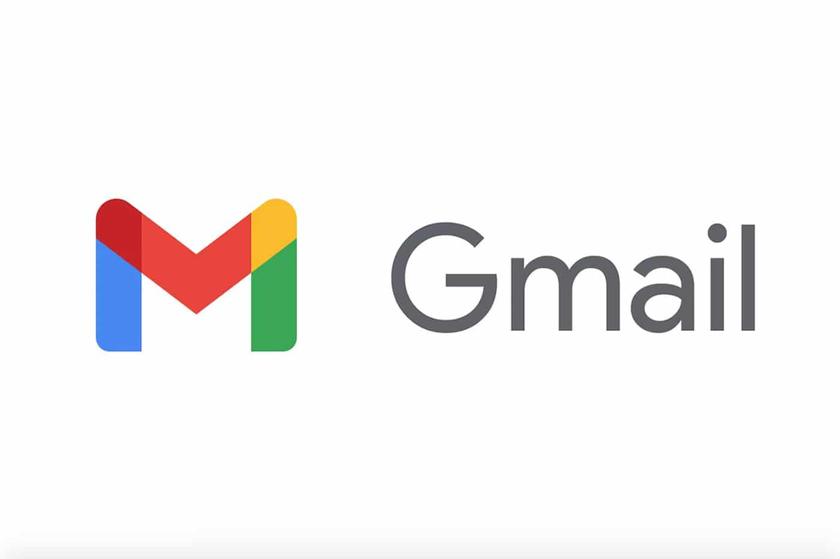
Gmail will soon stop using SMS codes for user authentication, as per a Forbes report. Google plans to switch to QR codes, offering a more secure and reliable option. The move aims to reduce phishing risks and prevent fraud linked to SMS codes. This change highlights Google’s ongoing commitment to improving user security.
Why Google is Moving Away from SMS Codes?
Google’s spokesperson Ross Richendrfer stated, “We want to move away from sending SMS messages for authentication.” SMS codes have long posed security challenges. Hackers can easily phish these codes, and users often lack access to the phone receiving them. Moreover, SMS security depends heavily on mobile carriers. If a scammer tricks a carrier into handing over a user’s number, the whole authentication process becomes useless.
The Rise of QR Codes for Authentication
Instead of sending a 6-digit SMS code, Gmail will soon display a QR code. Users will scan this code using their phone’s camera app. This new method brings two major advantages. First, it eliminates the risk of phishing attacks that target SMS codes. Second, it reduces dependence on mobile carriers, making the process more secure.
Google has also linked SMS authentication to scams like traffic pumping. This scam involves fraudsters generating large volumes of SMS messages to earn money each time a message is delivered. By replacing SMS codes with QR codes, Google aims to reduce such abuse.
What This Means for Gmail Users?
The shift to QR codes marks a significant improvement in Gmail security. QR codes are harder to intercept, providing a safer login process. According to Richendrfer, “SMS codes are a source of heightened risk for users. We’re pleased to introduce an innovative new approach to keep users safer.” While Google hasn’t given a specific launch date, users can expect this change in the coming months.
This move aligns with the tech industry’s broader push towards more secure login methods. As Google continues enhancing its authentication processes, Gmail users can look forward to better protection against online threats. Stay tuned for more updates on this crucial security change.
